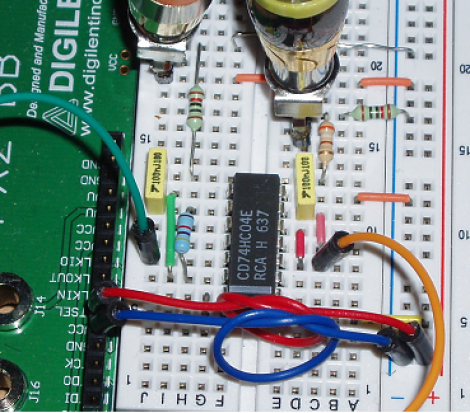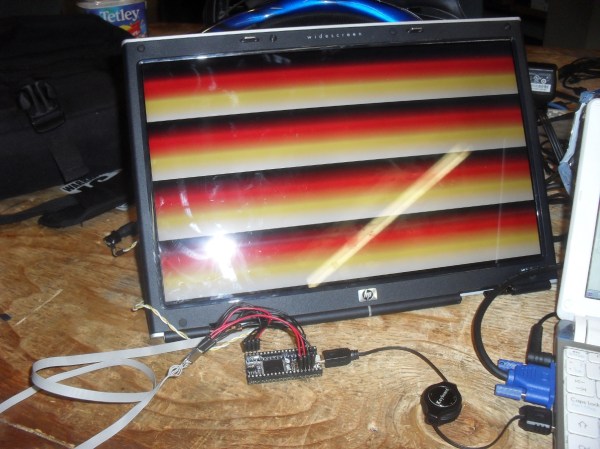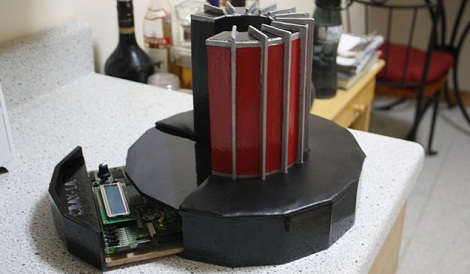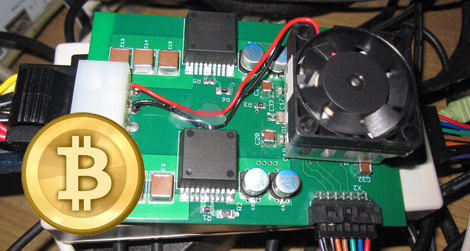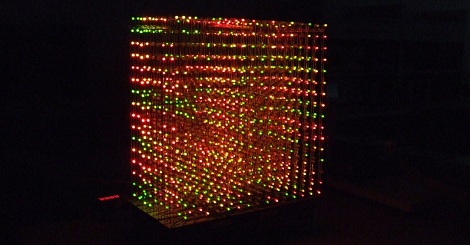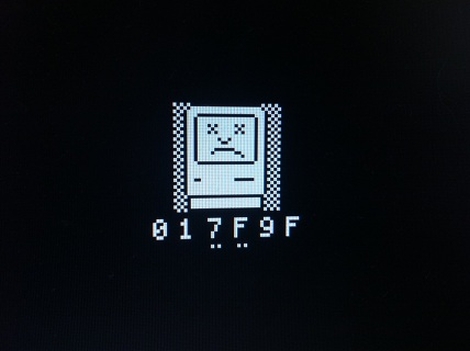
[Steve] over at Big Mess O’ Wires has never been so happy to see the “Sad Mac” icon.
A little over a month ago, he decided to take on the task of building his own Mac clone using modern technology. Not to be confused with Mac emulation on modern hardware, he is attempting to build a true Mac clone using an FPGA that is functionally identical to the original.
He is calling his creation the “PlusToo”, with the goal of producing a modern version of the Macintosh Plus. The Plus shares a good amount of hardware with its other original Mac brethren, allowing him to replicate any of the other machines such as the Mac 128K, with a few simple configuration changes.
Building this clone is an incredible undertaking, and it’s a lot of fun to watch the construction progress bit by bit. [Steve] has been diligently working for a little over a month now, recently getting the clone to run 68000 code from the Mac ROM, resulting in the Sad Mac image you see above. While the logo has been dreaded among Mac users for years, it signals to [Steve] that things are coming along nicely.

